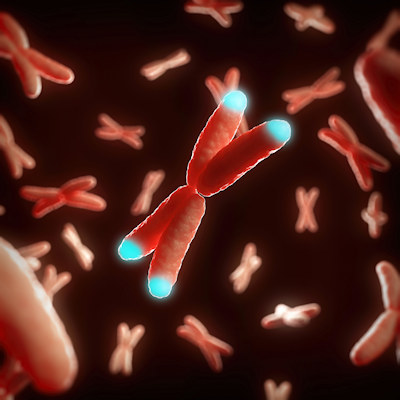September 16, 2022 -- The University of Minnesota (U of M) Medical School and other researchers were awarded $19.3 million in grants from the National Institutes of Health (NIH) Common Fund to map senescent cells in preclinical studies and human tissues.
The mapping project is part of the SenNet Consortium, which aims to develop a 4D atlas of human senescent cells, advancing the use of senolytics to improve human health. The U of M and Mayo Clinic are developing senolytic drugs that selectively clear senescent cells. While senescent cells play a causal role in aging and numerous age-related diseases, they also contribute to beneficial biology including wound healing.
U of M Medical School professor David Bernlohr, PhD, will lead the newest project, funded by a $10.8 million four-year grant, to establish a Tissue Mapping Center and chart the process of senescence in adipose, liver, and brain tissues during normal aging in preclinical studies.
"This project is going to provide us a lot of foundational, fundamental information that will enable other kinds of investigations," said Bernlohr. "This sets the stage for future projects that we believe will be more translational."
A five-year, $8.5 million companion grant will fund a project, led by Dr. Laura Niedernhofer, PhD, U of M Medical School professor and director of the Institute on the Biology of Aging and Metabolism, to prove that cells with particular characteristics are senescent in humans.
"It's an incredibly exciting opportunity and a massive investment by NIH to understand senescent cell biology," said Niedernhofer.
Copyright © 2022 scienceboard.net











